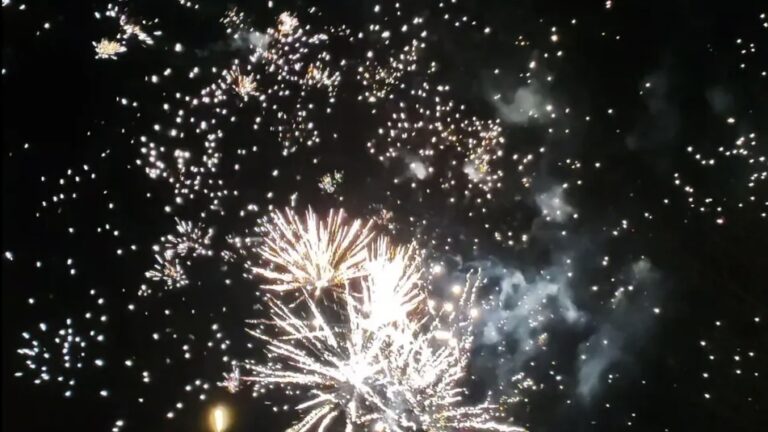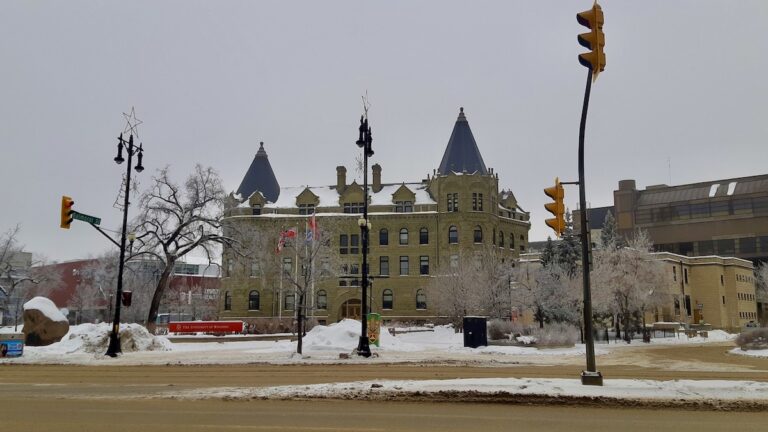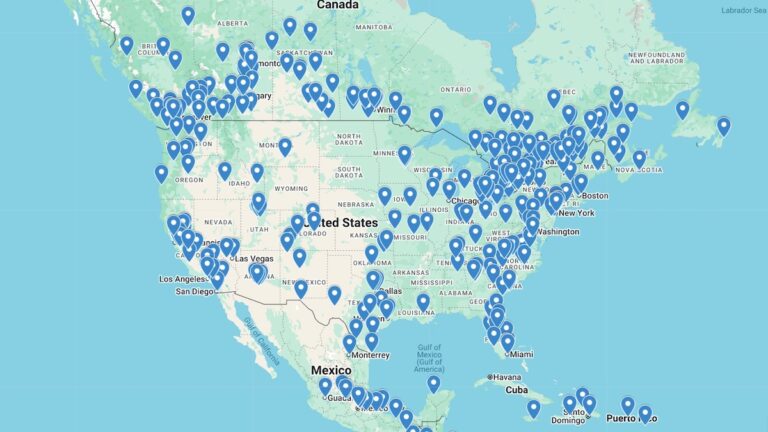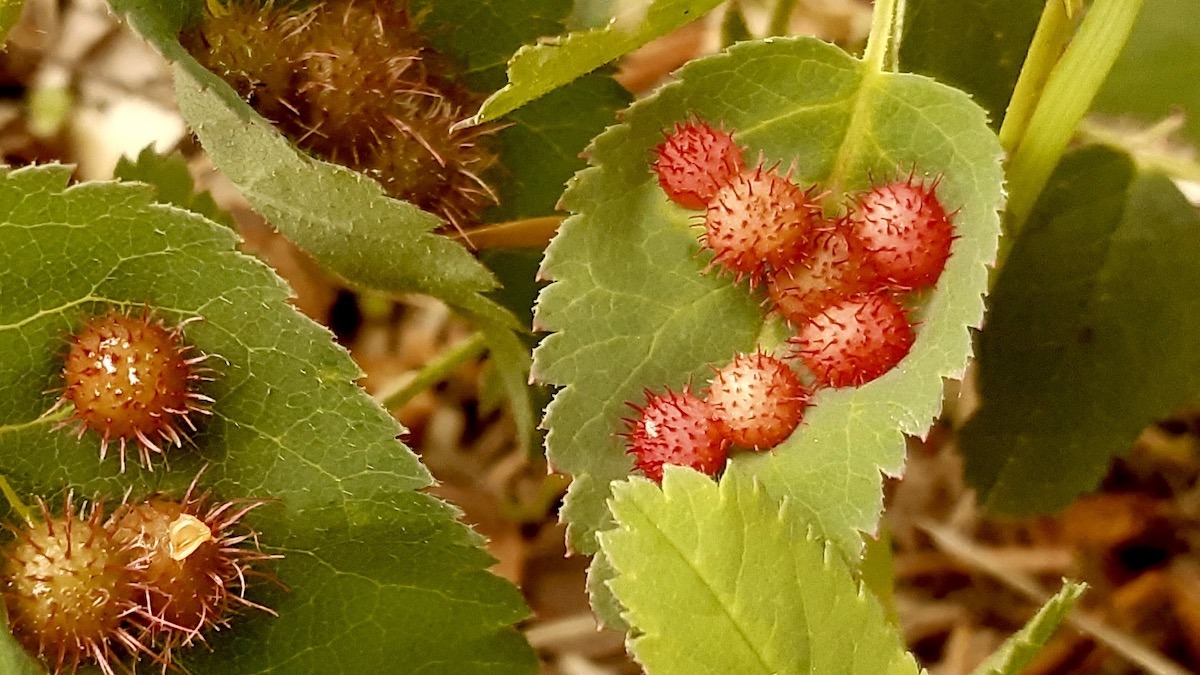
What a transformation! These aren't berries – they're spiky rose galls, caused by tiny gall wasps. The shift from duller tones to this brilliant red signals different stages of their development, offering a fascinating peek into the intricate ecosystem of wild roses. Have you spotted these near you?
Curious About Those Spiky Rose Bumps? The Answer is Wild!
Next time you’re out for a walk in nature – perhaps exploring a local trail, a park, or even just checking out a patch of wild roses in your own backyard – take a moment to really look at the leaves. Beyond the familiar thorns and that lovely, fleeting scent of the blooms, you might just spot something truly peculiar. These aren’t just odd bumps; they’re plant galls, and the spiky ones on wild rose leaves are especially cool!
Unmasking the Wild Rose’s Spiky Galls
You’ll often catch them in a couple of different stages, each with its own vibe. When they’re just starting out, they often look like these little yellowish-brown, spiky spheres. Honestly, they remind me of something out of a fantasy novel, all bristly and a bit tough-looking. You’ll see them in different sizes, which just tells you they’re at various points in their secret little lives.
But then, the real show begins! As these curious growths mature, they undergo a stunning transformation. They turn a vibrant, almost neon red. It’s a colour so eye-popping it practically screams for attention against the green of the rose leaves. They keep that wonderfully spiky, spherical shape, but that pop of red just makes them jump out. And those prominent spikes? They’re still there, part of the gall’s unique, built-in protection.
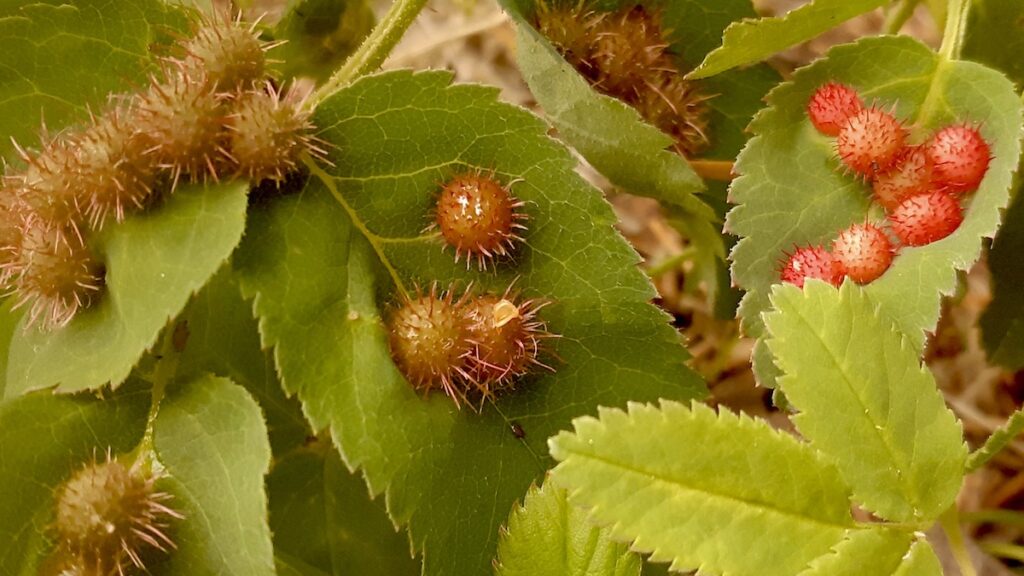
Who’s Behind These Wild Rose Wonders?
So, what’s the big secret behind these botanical oddities? Well, think of plant galls as nature’s clever way of creating a custom nursery. They’re basically abnormal growths of plant tissue, a bit like a tiny, harmless lump the plant develops, but it’s not random. It’s triggered by another creature. On our local wild roses – maybe a Prickly Wild Rose (Rosa acicularis), a common sight around here – these cool structures are usually the handiwork of tiny, incredibly resourceful insects, often a specific kind of gall wasp.
Here’s how it works: A female wasp lays her eggs right inside the tender tissue of a rose leaf. As those microscopic larvae begin to grow, they release these amazing chemical compounds. It’s like they’re sending out tiny biological signals that tell the rose, “Hey, build us a home right here!” The plant, without really having a choice, starts to grow this special, unique structure just for the developing insect.
The Gall’s Purpose: A Tiny Fortress for Life
And why go to all this trouble? Because this isn’t just a quirky growth; it’s a perfectly designed shelter and a constant food source for that little insect larva tucked inside. The thick, tough walls of the gall are like a miniature fortress, keeping the vulnerable larva safe from hungry birds and harsh weather. Plus, the inside of the gall is literally packed with nutrients, a ready-made meal plan for the growing wasp. That dramatic shift in color, from a quieter yellow to that fiery red, often tells us about different stages of the gall’s, and the insect’s, development. Maybe the red means the little wasp is almost ready to make its grand entrance into the world, or perhaps it’s just the plant’s way of marking the gall’s final stage. Either way, those spikes are always on guard, adding an extra layer of security for the hidden life within.
These spiky galls on wild rose leaves are truly more than just a weird botanical curiosity; they’re a beautiful, living testament to the incredibly clever and often surprising relationships happening all around us in nature. They perfectly show us how even the smallest creature can have such a big impact on a plant’s growth and even its appearance. So, next time you’re enjoying beautiful green spaces, take a moment to look closely. You just might spot one of these intriguing natural sculptures, a tiny but vital piece of our local ecosystem!

